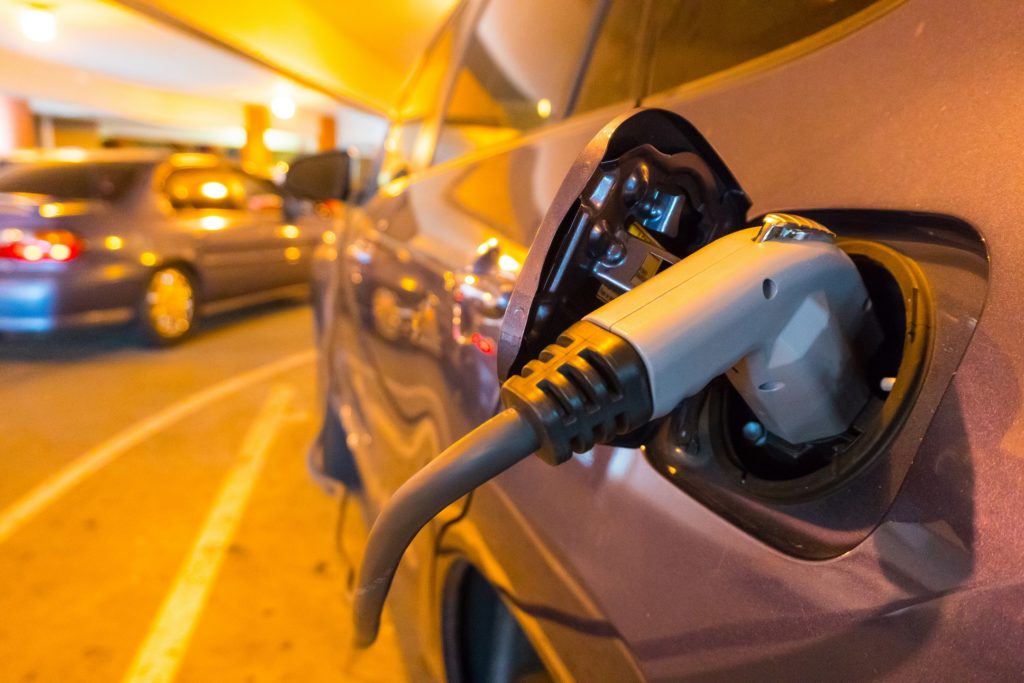Role
Industry
Solutions
Products
Even though the first electric vehicle (EV) was invented more than 100 years ago, it is only in the past five years that the technology has advanced to a point where global uptake is possible and they are gaining government support.
The timing couldn't be better. Climate change, traffic congestion and oil shortages are among the challenges we are facing and EVs can form part of the solution.
Key benefits of EVs include:
The planet has a finite amount of fossil fuels. Countries such as Germany, Holland and France are already committed to banning diesel vehicles in the near future. We need to rethink our future mobility strategy.
EVs' lack of emissions will improve air quality, resulting in fewer respiratory and other diseases caused by vehicle pollution, which, in turn, will greatly benefit society as a whole.
Parallel to the development and growth of EVs there is a big surge towards the sharing economy. Issues such as congestion and increasing population means we need to look at transport in a different way. Some elements of the shared economy that will greatly influence transport as a whole include:
·Shared ownership: This basically means a group of people collectively own one vehicle instead of owning one vehicle each. This will increase utilisation of that vehicle and reduce the number of vehicles on the road.
Shared vehicles: This is already happening; rideshare services are starting to pop up. Individuals do not need to invest in a vehicle and instead rent it for the period that they need it from handy locations.
The other big revolution is the development of AVs. This will truly revolutionise the way we see transport. Imagine not having to physically drive anymore: the car will be in charge. The car, the road and other cars (will they still be cars as we know them now?) will all be interconnected and work with each other. The roads could even charge the vehicles while they in motion! Imagine the benefits in terms of road safety, speed and reduced congestion.

Some countries have embraced the EV revolution and are further ahead than New Zealand and Australia are today. Electric vehicle sales (as a percentage of overall vehicle sales) show where the most advanced countries are, and where Australia and New Zealand are in relation to that:
The main thing Norway and the Netherlands have done differently is that didn't the countries didn't look at EVs in isolation. They looked at how they could create a support network around them to make uptake as easy as possible. The ecosystem around EVs is huge and looking at it from a holistic viewpoint is the only way to guarantee success.
Let's have a closer look at Australia and New Zealand, and the needs and opportunities within the ecosystem:

Power companies
Lines companies
Could we pave the path towards two-way charging whereby the vehicle is used as a storage space for energy and excess is given back to the grid?
How can we integrate charge station mapping and personalise them to certain users?
Vehicle manufacturers/maintenance
When and how can we refurb the batteries? What financial model will be attached to this?
How do we dispose of batteries? What happens with them after the fact? What does the life cycle of a battery look like?
The introduction of EVs and AVs will need a review of legislative requirements.
What subsidies and tax rebates can we introduce to facilitate an easy take up of EVs and make them cost-competitive with internal combustion engine vehicles?
Built-in stops are needed (which helps with better driver behaviour and minimising driver fatigue). Overall, this will result in a better health and safety record for the fleet and their drivers.
Rather than choosing a vehicle (based on preference), we need to start with the journey that needs to be undertaken and look at vehicle suitability.
The only way to tackle this revolution and make it work is by working together; by talking to each other. Just one sector on its own can't solve the issues that everyone will be dealing with. We need a unified solution to successfully bring the EV (r)evolution to Australia and New Zealand.
Smartrak is here to help facilitate this collaboration and open the discussions between the various industries and sectors. We are looking to help facilitate an EV solution that considers all the sectors of the ecosystem.
Then can we embrace the revolution!
If you are on the EV path, come and have a talk to us, and together we can make it happen.